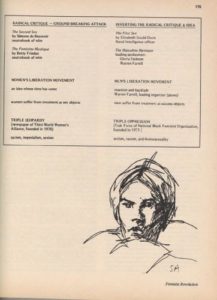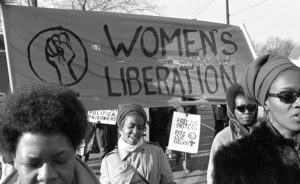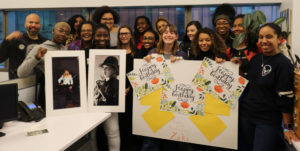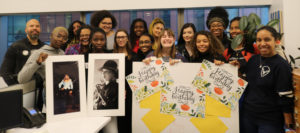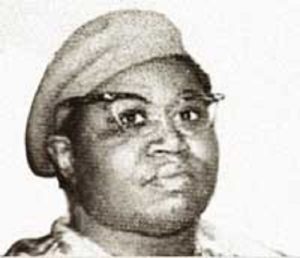I enjoyed reading Harryette Mullen’s article after having read Sassafrass, Cypress and Indigo because it helped me contextualize the text and understand its importance and the nuances to the story. The article emphasizes how intersectional and approachable the text is, and I found myself agreeing with Mullen’s comments.
Mullen writes that Shange is best known for being a poet, but that this novel includes “narrative, poetry, drama, letters, recipes, folklore, and magic spells.” (Mullen 206) Each of these different mediums, with the exception of narrative, on their own may not seem as approachable or cohesive, but how Shange puts them together in her novel makes it easy for readers to see each of these different platforms as a part of a whole.
The book is intersectional in several ways. Firstly, the topic of the story is intersectional in that it describes an intersectional experience, the “emergence of black feminist consciousness within communities of bohemian artists in the 1970s.” (Mullen 205) The novel is also intersectional in its approach to storytelling—through the use of over five different mediums Shange not only puts together a beautiful piece of literature, but celebrates the many ways in which writers choose to share their stories. The subjects of this story are also intersectional, from sharing Indigo’s journey at home to her sisters Cypress and Sassafrass’s stories as they journey away to find themselves and explore their respective passions of dance and art, the novel itself incorporates three different lives into one.
The piece of digital media that I included for this week’s post seemed appropriate to me for two reasons. The poet who wrote this piece was the first person that introduced me to spoken word poetry. Prior to hearing her work, I had never before experienced spoken word and my knowledge of poetry was very limited. She opened my eyes to a world of expression that I had previously never thought much of. Secondly, this piece combines spoken word with both music and cinematography. In keeping with the theme of intersectional mediums, I wanted to include this piece as an example of a combination of platforms through which artists can communicate a message.
Azure Antoinette says, “we cling to the past, we cling to the normal we cling to the useful, accessible information, we define ourselves by those that have come before us, what they did or did not accomplish… you are your history.” In the first portion of the poem, she emphasizes embracing your past, but not defining ourselves solely based on the past. She continues her poem by saying, “You are a change maker… so when people ask you who you are, tell them you are a vessel, that your job is desperately trying to make the next Sistine Chapel with your hands tied behind your back and your eyes closed. Tell them you are working on creating a positive social system… when someone asks you how you are, them ‘em, I’m brilliant. When they as you where are you, tell them, I’m architecting change.” The purpose of this poem is for listeners to understand that your past is a part of you, but you are also an agent of change. Shange, throughout her written work and her life story, demonstrates how everybody can be a change maker, regardless of who you are.



